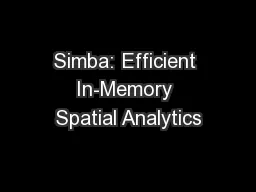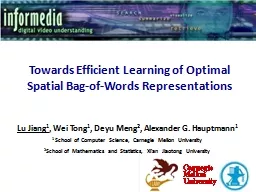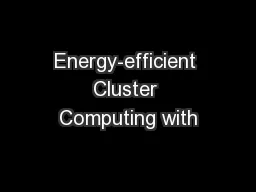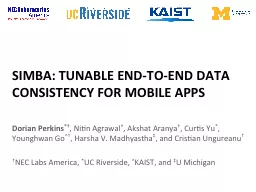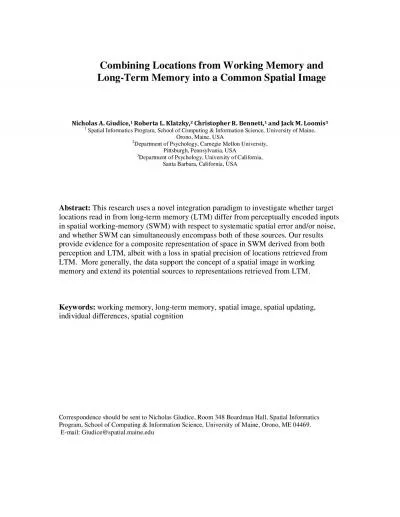PPT-Simba: Efficient In-Memory Spatial Analytics
Author : phoebe-click | Published Date : 2018-02-25
Dong Xie Feifei Li Bin Yao Gefei Li Liang Zhou Minyi Guo Spatial Data is Ubiquitous Locationbased Services IoT Projects amp Sensor Networks Social Media
Presentation Embed Code
Download Presentation
Download Presentation The PPT/PDF document "Simba: Efficient In-Memory Spatial Analy..." is the property of its rightful owner. Permission is granted to download and print the materials on this website for personal, non-commercial use only, and to display it on your personal computer provided you do not modify the materials and that you retain all copyright notices contained in the materials. By downloading content from our website, you accept the terms of this agreement.
Simba: Efficient In-Memory Spatial Analytics: Transcript
Download Rules Of Document
"Simba: Efficient In-Memory Spatial Analytics"The content belongs to its owner. You may download and print it for personal use, without modification, and keep all copyright notices. By downloading, you agree to these terms.
Related Documents

